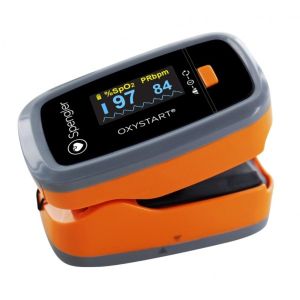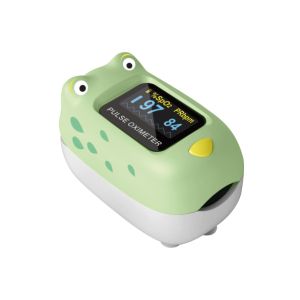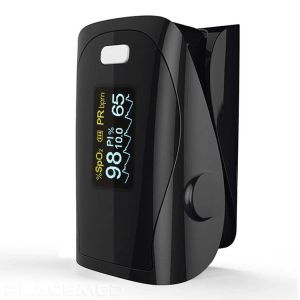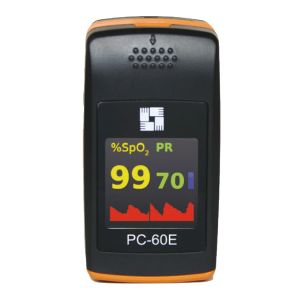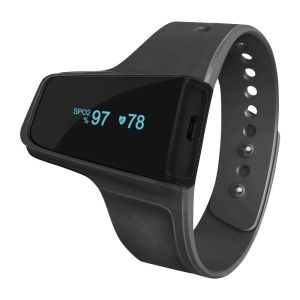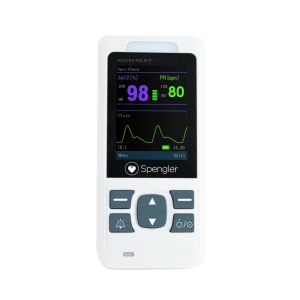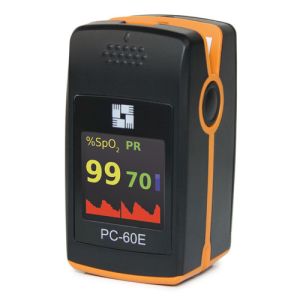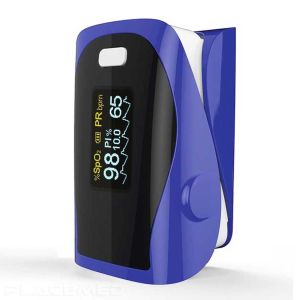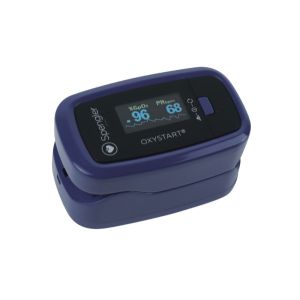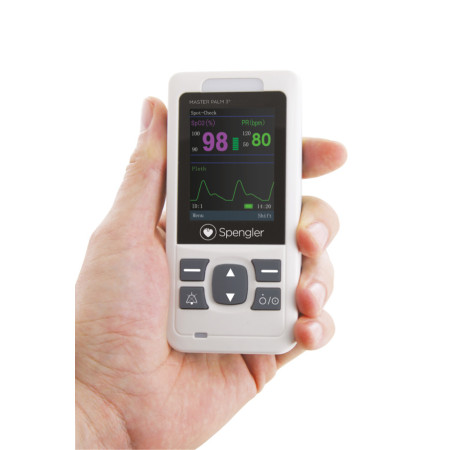


Spengler Master Palm 3 Portable Oximeter with Nellcor OxiMax for Healthcare Professionals
The Spengler Master Palm 3 Portable Oximeter equipped with Nellcor OxiMax technology is designed for healthcare professionals, combining accuracy, speed, and versatility.
- Compatible with NELLCOR OXIMAX technology for enhanced precision
- Suitable for all patients, from adults to neonates
- Exceptional battery life and HD screen with automatic rotation
- Two display modes for easy reading
- Customizable settings for tailored alarms and displays
Certified professionals
Secure transactions
| SKU | GSH223001 |
|---|---|
| EAN |
3700446027124
|
Description - Spengler Master Palm 3 Portable Oximeter with Nellcor OxiMax for Healthcare Professionals
The Spengler Master Palm 3®, featuring Nellcor OxiMax technology, is a portable pulse oximeter crafted to meet the needs of healthcare professionals. This advanced device facilitates quick and precise monitoring across a broad spectrum of patients, from adults to neonates, thanks to its cutting-edge technology. Its lightweight design and exceptional battery life make it an invaluable tool for daily care, while the HD screen with automatic rotation enhances usability. Fully customizable, it offers optimal flexibility to adjust alarms, displays, and system settings to specific requirements. Supplied with a rigid adult SpO2 sensor and 3 AA batteries, the Master Palm 3 is ready for immediate use, with a range of accessories available for further customization.
 Francais
Francais 

